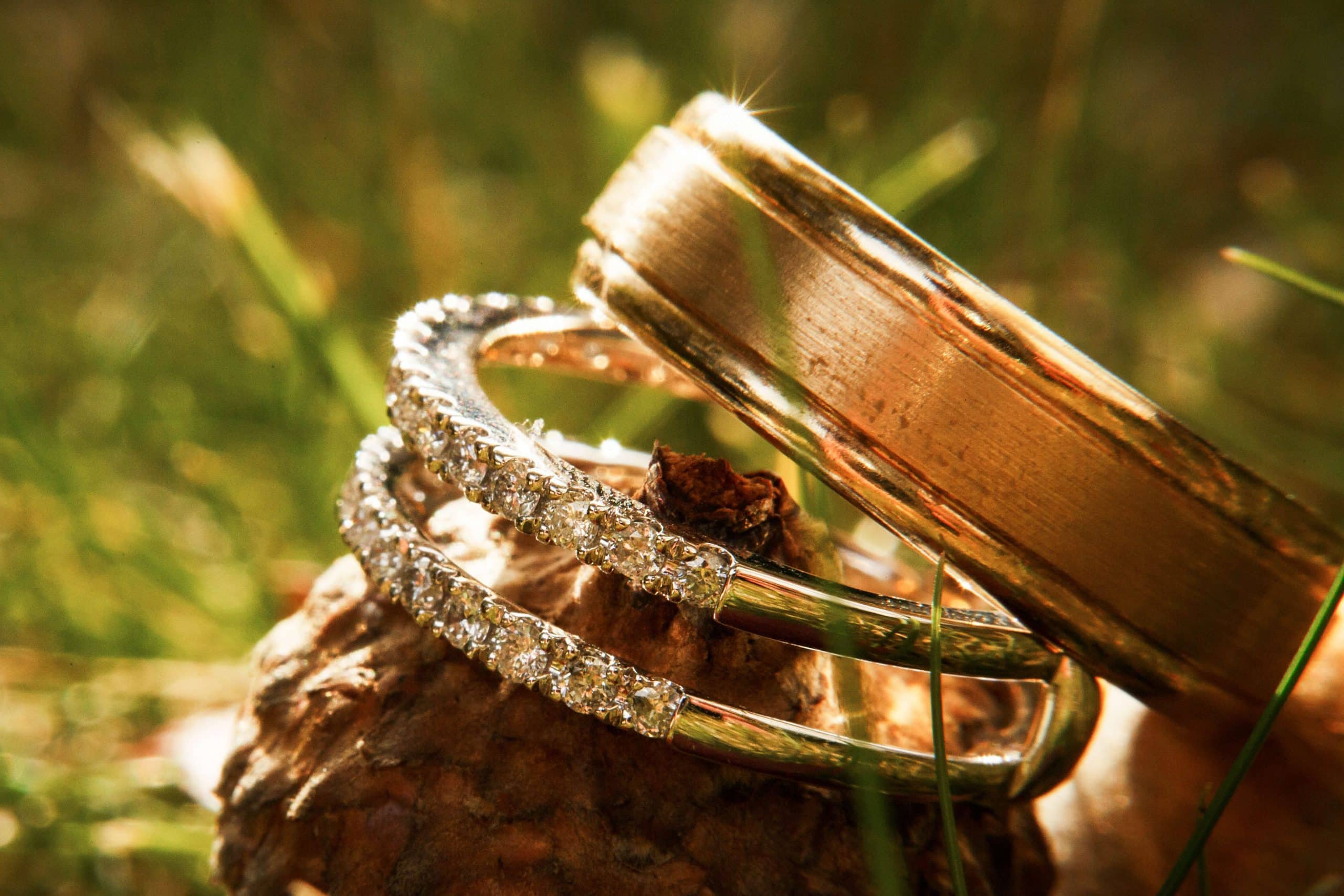Assessing the Actual Appraisal of Your Pieces for a Smooth Transaction
Wiki Article
When it comes to selling jewelry, comprehending its actual value is essential to achieving a successful transaction. Ornaments can carry significant sentimental and financial worth, so knowing how to evaluate its worth can help owners make informed decisions. Various elements influence the price of ornaments, including the materials used, designer prestige, market demand, and general state of the piece. By taking into account these factors, sellers can ensure they set a fair valuation that reflects the ornament’s true worth.

The first step in establishing the value of ornaments is recognizing its components. Most jewelry is made from valuable alloys like the yellow metal, silver, or the noble metal. The purity of these materials, measured in carats for gold and as a percentage for the white metal and platinum, is crucial in valuation. Additionally, precious stones such as diamonds, green gems, or sapphires contribute to the overall worth of a jewel. Characteristics such as the carat weight, hue, clarity, and shape of gemstones are essential when assessing their value. Understanding these aspects allows owners to gain insight into what their jewelry might be valued at on the market.
An additional key factor to evaluate is the brand or maker of the jewelry. Renowned names often command premium rates due to their standing for quality and craftsmanship. For instance, pieces crafted from recognized designers or high-end labels may have a higher valuation compared to comparable pieces from lesser-known manufacturers. Collectors and purchasers often seek out particular labels for their investment potential and prestige. Therefore, examining the heritage and industry standing can provide valuable insight regarding pricing strategies.
Buyer interest also has major influence in establishing ornaments’ value. Trends in fashion can greatly influence what types of pieces are favored at any particular moment. Certain designs may be highly desired during particular times or occasions, impacting how much buyers are willing to pay. It is important for sellers to remain aware of current trends and industry factors to take knowledgeable decisions about timing when selling their jewelry. Seeking advice from professionals or appraisers can offer insights into what items are in demand, helping sellers see here maximize their return.
In the end, the condition of the jewelry must be evaluated before attempting to sell it. Items that are properly cared for and without defects will generally command better offers than those that show visible use or require repairs. Polishing and restoring ornaments can improve its appearance and boost its appeal. Moreover, having original packaging or certification for gemstones can add additional value. Sellers should always be transparent about the condition of their items when presenting them to potential buyers.
In conclusion, establishing the actual value of jewelry involves a comprehensive knowledge of its components, designer prestige, buyer interest, and general state. By carefully assessing these elements, sellers can determine fair prices that useful site reflect their jewelry's worth while attracting potential buyers. A well-informed strategy not only guarantees a profitable transaction but also allows sellers maintain assurance in their pricing decisions. Be it planning to resell a treasured ancestral piece or an asset item, making the effort to evaluate its true value is essential for achieving rewarding results in the marketplace.